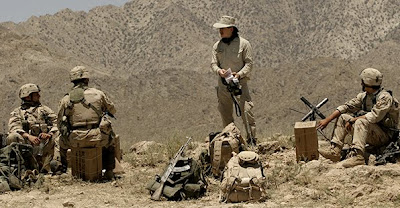
WASHINGTON, 30 March 2010 — An article in today’s New York Times says what we’ve known and have been preaching for some time now: the craft of photojournalism is contracting and it is much more difficult to make a living than it was just a few years ago. This is partly due to the fact that point-and-shoot cameras and even cell phones now generate images that can compete — at least on the level of technical quality — with those generated by seasoned photojournalists. And the Internet has opened up streams of distribution that once were the exclusive territory of wire services and stock photo agencies. (See http://www.nytimes.com/2010/03/30/business/media/30photogs.html?src=me&ref;=general)
What the Times article does not say is that “backpack journalism” is emerging as an alternative to photojournalism.
We define this methodology as, “the craft of one properly trained professional using a hand-held digital camera to tell stories in a more immediate, more intimate fashion than is achievable using a larger team with camera person, sound person, correspondent and producer. We do it all and, most importantly, we make the pictures, which are the driving force of visual communication.”
This methodology is built on the rubble of documentary photojournalism. Like we photojournalists did years ago, we backpack journalists now spend proper time on stories to bring depth and substance to our coverage — and to establish deep and lasting relationships with the people and the places we cover. Because we execute all tasks associated with the craft, we claim deep authorship of our work. Our pictures. Our stories. Our voices.
In contrast to the field of photojournalism in which even the most untrained practitioner can now compete, the methodology of backpack journalism demands that successful practitioners understand the language of visual communication and actually know how to speak it.
Photojournalism is not dead and, hopefully, it will always be with us. But it is difficult to deny the realities laid out in the Times article. The media landscape is shifting and we either adjust or perish.
As I said last year during an address to the Harvard Club in New York City, “No matter what the media landscape looks like after the current upheaval, backpack journalism will be an important part of it.”
